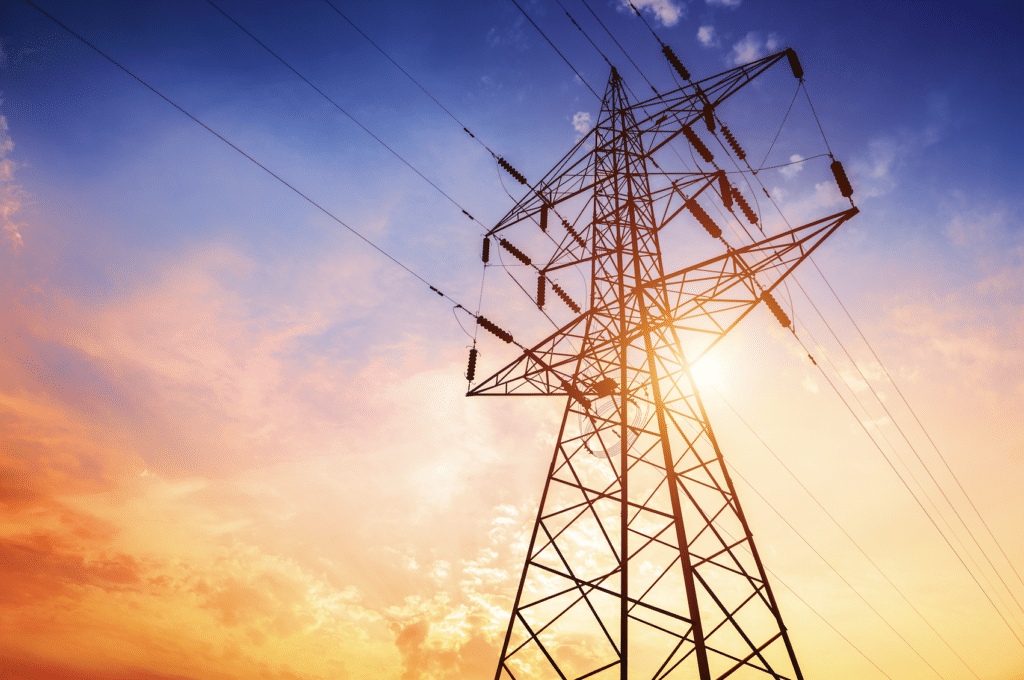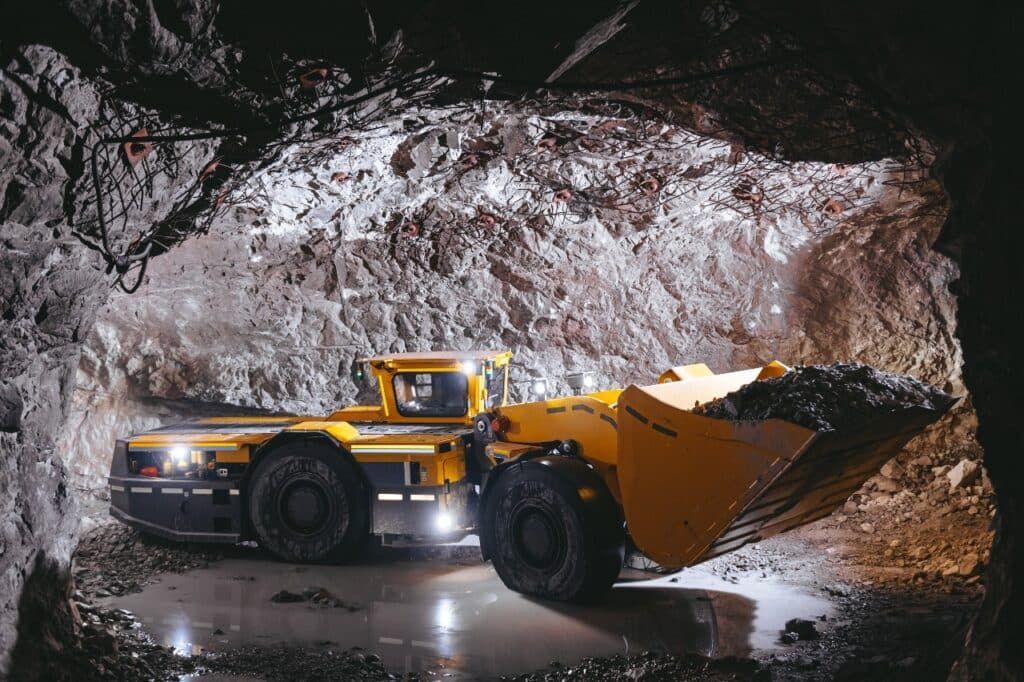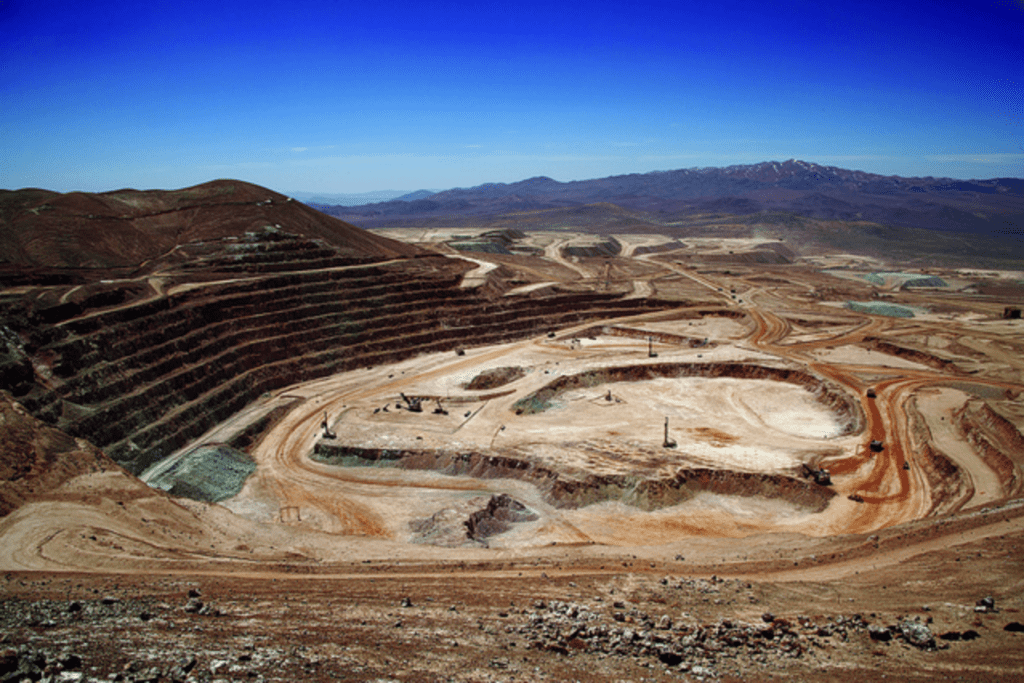Three Australian explorers currently drilling in Nevada lithium hotspot
There is no doubt that the USA missed the start when it came to the global race to find and develop the critical battery metal lithium – and it is still lagging a fair way behind the competition.
While nations like Australia (already the world’s largest lithium producer, and growing), Chile (holder of the world’s largest lithium reserves) and China (world’s largest lithium-ion battery manufacturer) have spent decades taking pole positions in the race to meet the booming global electric vehicle (EV) and battery storage demand, it is only recently that the US has made inroads into its aspirations in the sector by pouring billions into its domestic market plans.
Australian firms and the state of Nevada are at the forefront of that government largesse.
Ioneer gains US backing
Earlier this year, Australia’s ioneer (ASX: INR) finalised terms for the offer of a conditional commitment via a proposed loan of up to $1.1 billion from the US Department of Energy (DOE) for financing the construction of the Rhyolite Ridge lithium-boron project in Nevada.
Once operational, Stage 1 of Rhyolite Ridge will quadruple the current US supply of lithium.
Upon successful completion of the US federal permitting process, construction at Rhyolite Ridge – funded mainly through the combination of conditional commitments of $770 million in equity from investor Sibanye-Stillwater and the $1.1 billion DOE conditional loan – is scheduled to begin in 2024. Lithium production is expected to follow in 2026.
At the time that the ioneer agreement was signed, the DOE had more than $79 billion in remaining loan authority under the Advanced Technology Vehicles Manufacturing (ATVM) program to support the manufacture of eligible advanced technology vehicles including EVs and qualifying components and materials in the United States.
Domestic processing of critical minerals such as lithium for use in EV batteries qualifies for the ATVM loan program.
More Nevada development funding
It appears some of those funds may be headed towards another Nevada project.
It has been reported that the US DOE is now in discussions with another Nevada mine developer, Lithium Americas Corp., for a potential $1.6 billion loan to progress the large Thacker Pass mine.
The largest known measured and indicated (M&I) lithium resource in the US, Thacker Pass is already under construction and targeting initial production in the second half of 2026.
General Motors has signed exclusive rights to all of the Phase 1 output from the mine for 10 years, with an option to extend for an additional five by investing $990 million.
Drilling underway for three Australian explorers
The US government funding support is great news for three junior Australian miners that have grabbed quality acreage in the same areas as Rhyolite Ridge and Thacker Pass.
In early November, West Cobar Metals (ASX: WC1) reached a key milestone in its Nevada lithium hunt with the commencement of a maiden reverse circulation drilling campaign.
The company commenced its maiden drilling program in Nevada its 100%-owned Montezuma Well project, located just 1km west of American Lithium’s TLC lithium claystone deposit.
West Cobar is seeking lithium-rich claystone horizons at Montezuma Well, which is only 2.5km north of American Battery Technology’s recently announced Tonopah Flats lithium clays discovery.
West Cobar to target Big Smoky Valley next
Following the completion of the Montezuma Well program, West Cobar will shift the rig to its 100%-owned Big Smoky Valley project. The company is aiming to drill 6 holes at that project.
Big Smoky Valley is 30km south-west of the TLC deposit and 30km north-east of ioneer’s Rhyolite Ridge deposit in similar host lithology.
Montezuma Well consists of 59 claims, while Big Smoky Valley consists of 183 claims.
Red Mountain well-positioned
Red Mountain Mining (ASX: RMX) is also preparing to hit the ground running at Magante, a strategic new project it has acquired in north-eastern Nevada.
The company is already preparing for a comprehensive sampling program to be conducted over the 199 new claims it successfully staked in the region.
Magante is located just 8 km south-west of Surge Battery Metals’ (TSXV: NILI) high-grade Nevada North Lithium Project (NNLP), where in October 2022 and again more recently it confirmed a major lithium resource.
Notably, Surge has identified a number of similarities at its project to Lithium America’s nearby Thacker Pass mine.
Red Mountain will initially target a Thacker Pass or Clayton Valley-type lithium clay deposit in volcanic tuff and tuffaceous sediments of the Jarbidge rhyolite package.
Second phase drilling results further supported the resource potential of Mustang most notably delivering 51.8 metres at 644ppm Li from 12.2m (including 29 metres at 701ppm Li from 12.2m).
Further drilling on Mustang is planned along with RMX’s Lithic asset once approvals are granted.
Mustang to be tested
Red Mountain also holds the 100% owned Mustang lithium project in Nevada.
In late September, Red Mountain obtained excellent metallurgical recoveries of up to 88% lithium from Mustang.
The preliminary metallurgical test work on several core samples from Mustang followed a successful maiden drilling campaign in July, where Red Mountain intersected thick high-grade lithium claystone in 8 out of 10 drill holes, with 7 holes intersecting high-grade lithium from or near the surface.
Chariot also along for the ride
In late October, Chariot Corporation (ASX: CC9) – the latest Australian to join the search for lithium in Nevada – commenced trading on the Australian Securities Exchange.
The company recently closed an oversubscribed $9 million initial public offering (IPO).
Armed with a significant bankroll and an impressive portfolio of lithium exploration assets mostly located in the United States, Chariot is ready to roll with a claystone lithium target in Nevada.
At the Resurgent project, Chariot holds the second largest land position in the McDermitt Caldera, which hosts Thacker Pass.
Chariot conducted a surface sampling campaign at the Resurgent project with 20 samples returning values greater than 1,000 ppm Li and 10 samples returning values greater than 2,000 ppm Li and a highest value of 3,865 ppm Li.
Chariot also holds an interest in the Lida Valley and Amargosa Valley projects in Nevada.
Source: https://smallcaps.com.au/three-australian-explorers-currently-drilling-nevada-lithium-hotspot/




